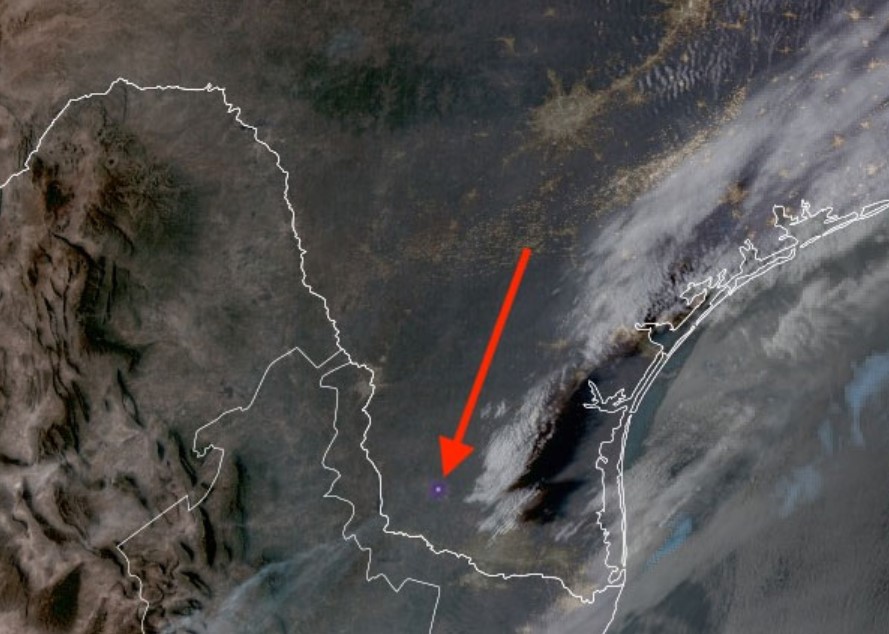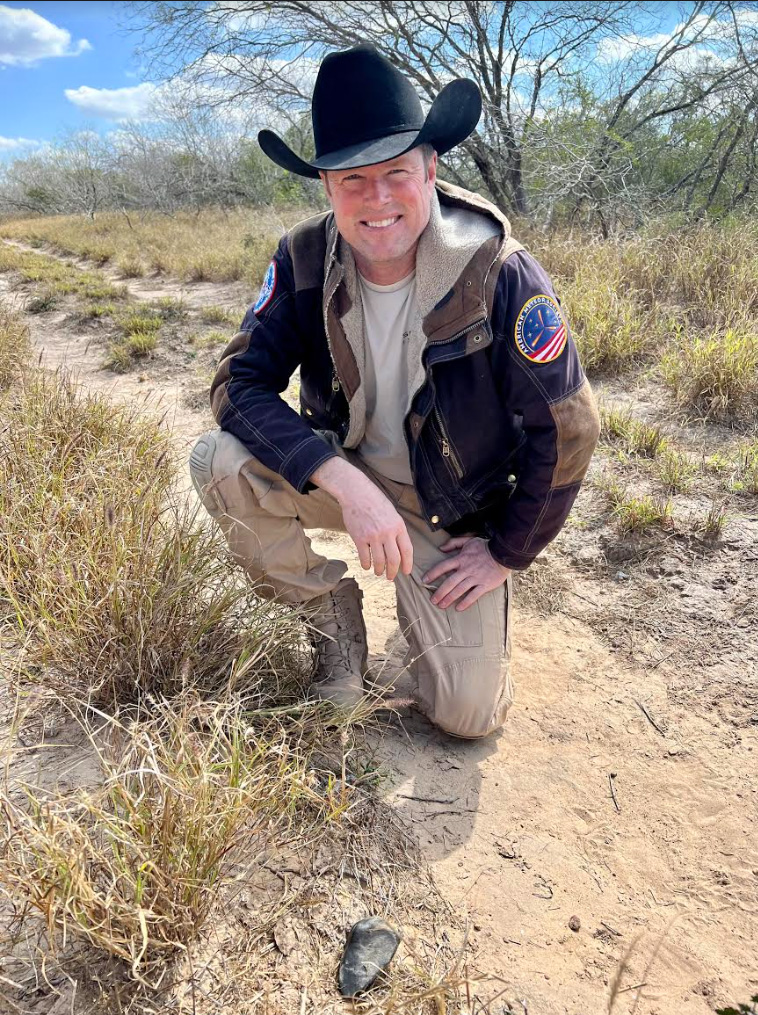Scientists find meteorite in Texas from fireball that exploded with the force of 8 tons of TNT
The meteoroid was traveling about 27,000 mph (43,452 kph) when it struck the atmosphere.

Scientists have found a meteorite from a 1,000-pound space rock that exploded over Texas with the force of 8 tons of TNT this month.
At any given moment, the Earth is being bombarded by pieces of organic space debris known as meteoroids. Fortunately, most meteoroids are tiny, with a typical size ranging from a grain of sand and a pebble, and they don't typically pose a threat to the planet or the life on it.
But on Feb. 15, a much larger meteoroid slammed into Earth's atmosphere, and fragments of it rained down across Texas. NASA's Johnson Space Center confirmed the event in a statement, which noted that the meteoroid likely measured about 2 feet (0.6 meters) across and weighed about 1,000 pounds (454 kilograms) when it entered the atmosphere.
Related: What Are Meteorites?
The event took place in the skies above McAllen, Texas, a town about 60 miles [96] west of Brownsville along the Mexico border. Around 5:30 p.m. CST (2330 GMT) on Feb. 15, local law enforcement agencies received reports of a loud boom, and Houston Air Traffic Control received meteor reports from two aircraft, per Hidalgo County Sheriff Eddie Guerra.

The following day, NASA issued its statement confirming the event, with NASA Meteor Watch sharing additional details in a Facebook post. The meteoroid was traveling about 27,000 mph (43,452 kph) and exploded with the force of 8 tons of TNT at an altitude of about 21 miles (34 km). (For comparison, the largest non-nuclear warhead ever detonated by the U.S. military, the GBU-43/B Massive Ordnance Air Blast, exploded with the force of 11 tons of TNT.)
While most meteors burn up before their fragments reach the surface, the Feb. 15 meteor produced several meteorites (fragments of space rock that reach the ground), according to NASA. The American Meteor Society confirmed that planetary science researcher and meteorite hunter Robert Ward discovered the first meteorite from the event near El Sauz, Texas.
Get the Space.com Newsletter
Breaking space news, the latest updates on rocket launches, skywatching events and more!

The event marked the third large meteor event in three days; on Feb. 13, a three-foot (one-meter) asteroid lit up the night skies in France and England, while on Feb. 14, a fireball was recorded over southern Italy.
NASA notes that once they're on the ground, meteorites cool quickly and generally don't pose a risk to humans. If you find a suspected meteorite, NASA asks you to report it to the Smithsonian Institution, which maintains the national collection of meteorites.
Follow Stefanie Waldek on Twitter @StefanieWaldek. Follow us on Twitter @Spacedotcom and on Facebook.
Join our Space Forums to keep talking space on the latest missions, night sky and more! And if you have a news tip, correction or comment, let us know at: community@space.com.

Space.com contributing writer Stefanie Waldek is a self-taught space nerd and aviation geek who is passionate about all things spaceflight and astronomy. With a background in travel and design journalism, as well as a Bachelor of Arts degree from New York University, she specializes in the budding space tourism industry and Earth-based astrotourism. In her free time, you can find her watching rocket launches or looking up at the stars, wondering what is out there. Learn more about her work at www.stefaniewaldek.com.









